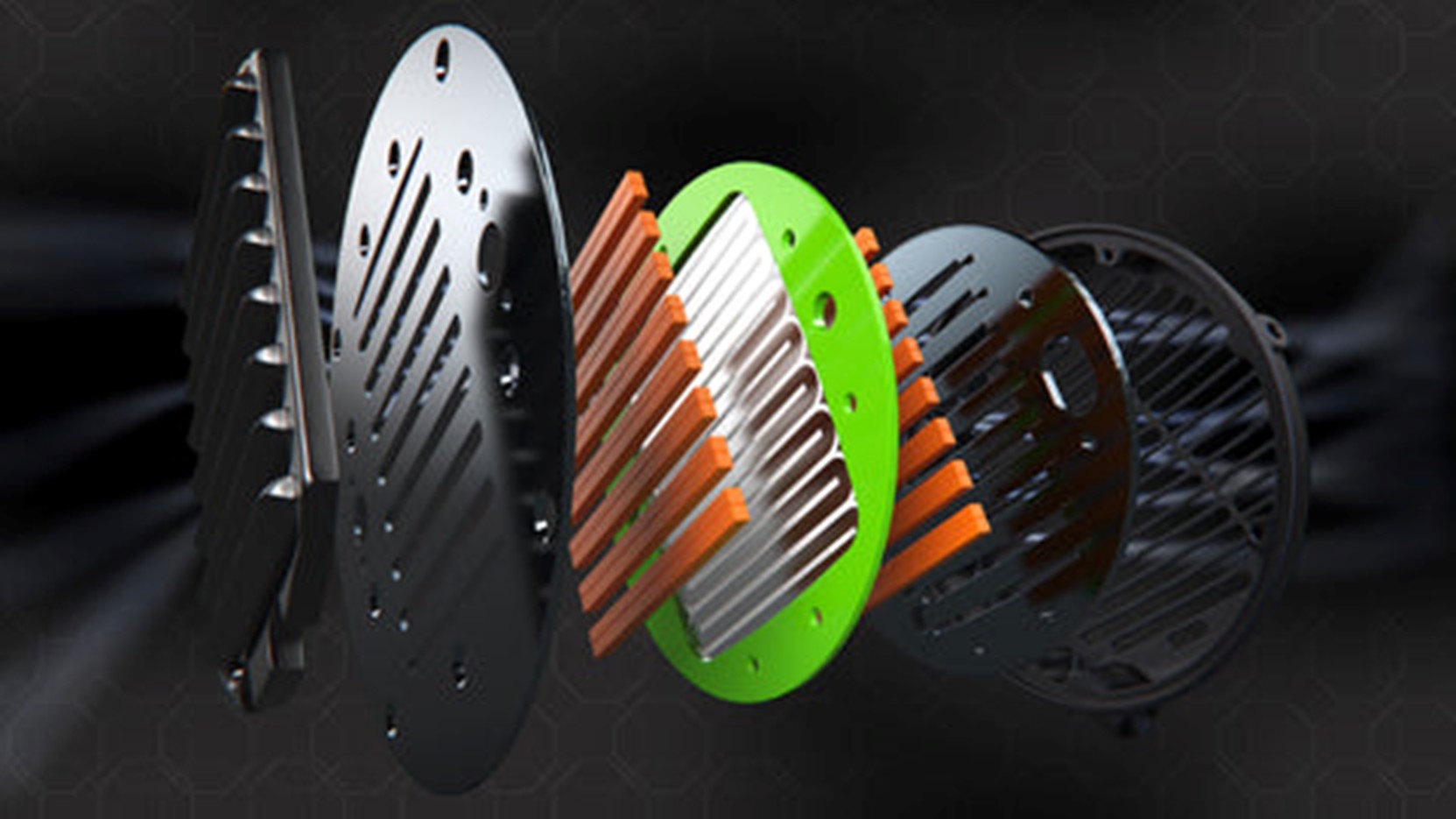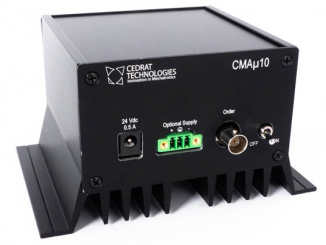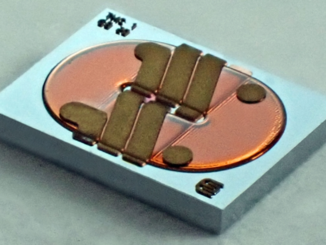
Planar magnetic headphones rock. When made properly, they have vanishingly low distortion, lightning-fast transient response, and wide, accurate frequency response, says audio equipment maker Audeze. A pioneer in high-end gaming audio products, the company lays claim to making the best planar magnetic headphones in the world with multiple patents and technological breakthroughs.
Now it is introducing Maxwell, a new ultra-low-latency wireless PC and console gaming headset with class-leading 80-plus hours of battery life and stunning sound. It delivers studio-quality sound and lifelike, powerful dynamics from carefully designed planar magnetic drivers. Made in California, where the company is headquartered, the 90mm planar magnetic drivers have three times more surface area than other drivers for incredible sonic detail, authority, and impact, says the company. The magnetic structure is a Fluxor magnet array of Neodymium N50 magnets.

Here is how Audeze explains planar magnetic technology for audiophiles. Most headphones use inexpensive, mass-produced dynamic cone drivers. These drivers are available in standard sizes from several manufacturers and can be selected and rebranded based on the needs of the individual headphone company. Because this technology is relatively cheap and readily available, it’s a good option for those headphone companies looking to sell a lot of headphones at low cost.
However, notes Audeze, dynamic cone drivers have inherent design limitations. They are usually activated by a voice coil that’s attached near the center of a diaphragm, most often a paper, plastic or metal cone. As electrical current is passed through the voice coil, force is exerted at the center of the diaphragm, causing it to move. This is what produces the sound you hear. Ideally, the entire diaphragm would move in unison. However, because the driving force begins in the center and must travel outward, not all parts of the diaphragm begin moving at the same time. This results in breakup modes, mechanical filtering, transmission delay and local resonances, which cause audible, distortion and loss of resolution, especially at higher volumes.
Better if a diaphragm should move in a perfect pistonic motion with all points on the diaphragm moving in unison, explains Audeze. Breakup occurs when the forces acting on the diaphragm compromise its structural integrity, causing different points on the surface to begin moving out of sync. But planar magnetic drivers can produce uniform driving force directly across the entire diaphragm. This allows the diaphragm to move in a nearly perfect pistonic fashion, resulting in low distortion across the entire frequency spectrum.
It’s all about the bass, emphasizes Audeze. Who doesn’t love some deep, powerful, tight bass? Good bass reproduction requires effortlessly moving large volumes of air. This is best achieved with a diaphragm featuring a large surface area and a high degree of flexibility. Surface area determines the volume of air that can be displaced while flexibility allows for the effective reproduction of low frequencies. Dynamic drivers are relatively small and include stiff diaphragms. To move the large volumes of air required to reproduce low frequencies under such circumstances, these drivers must undergo large excursions. This subjects them to extreme forces which can lead to distortion and even damage at high volumes.
Audeze planar magnetic drivers feature some of the largest and most flexible diaphragms in the business. They can move very large volumes of air with a fluid range of motion, allowing them to produce extremely clean and deep bass. Other factors such as sound waves and inductive load come into play as well, as explained in the full presentation which is available on the company’s website. See www.audeze.com.



